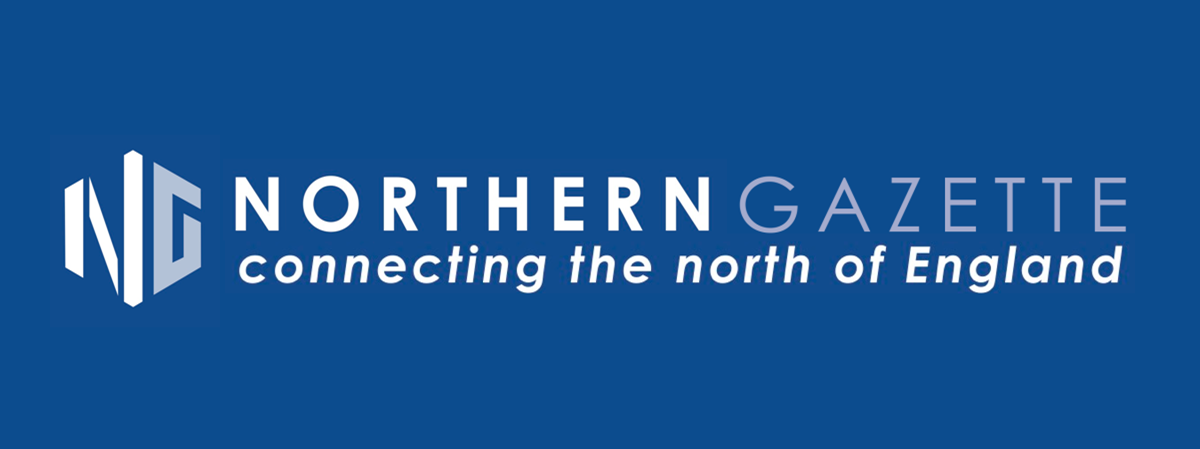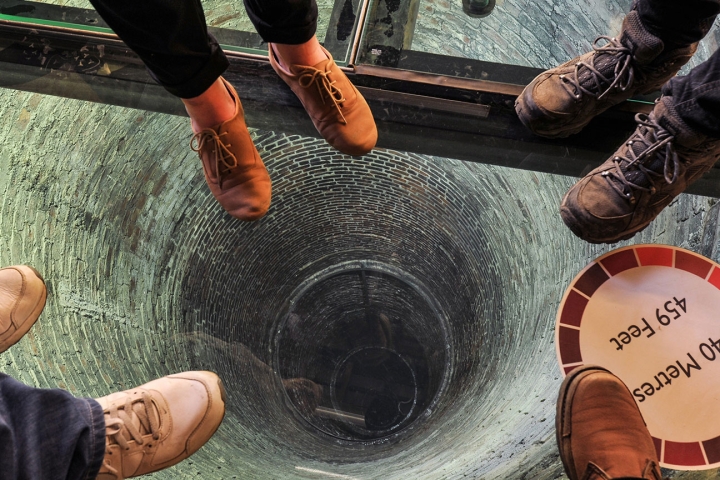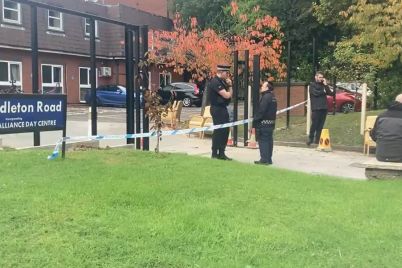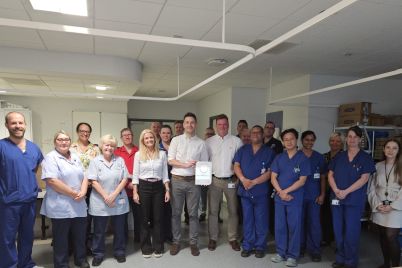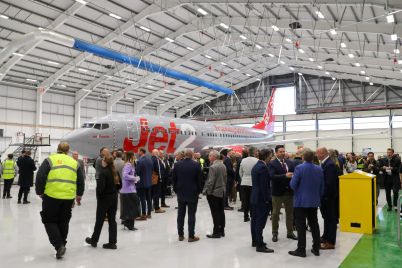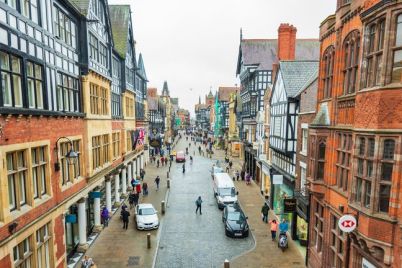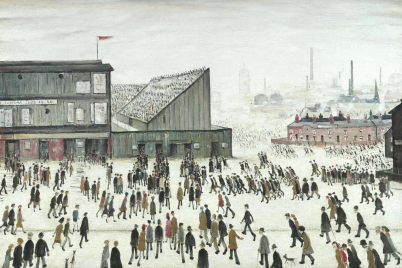More than 40 staff at the National Coal Mining Museum in Wakefield have begun strike action in a deepening row over pay, with their union warning the dispute could stretch well beyond September if no resolution is reached.
Museum management is claiming that this is a matter of survivability, despite the union pointing out the museum has an operating surplus of almost £600,000, and cash reserves of approximately £10 million.
The guides, many of whom lead the underground tours that have long been the museum’s signature attraction, walked out today (Wednesday 21st August) and are set to remain on strike until 14 September.
UNISON has said further action is likely unless museum managers return to the table with an improved pay offer.
The roots of the dispute stretch back months. In March, museum bosses put forward a 5% pay rise for all staff, which was rejected. A second offer followed in June during talks at Acas: a £1 an hour uplift for mine guides and 5% for everyone else. UNISON objected, warning the deal risked handing bigger increases to men, who make up the bulk of the mine guide team, than to women elsewhere at the museum. Instead, the union proposed 5% or £1 an hour for all staff, whichever was higher.
According to UNISON, the museum initially agreed to recommend that proposal to its board of trustees with a view to acceptance. But within 11 days, the commitment was withdrawn.
Museum managers have since tabled an offer of 80p an hour or 5%, whichever is greater. This deal was branded by the union as “inferior” to what was offered in earlier talks.
Rianne Hooley, UNISON’s Yorkshire and Humberside regional organiser, said: “When museum managers said they wanted ACAS talks, it seemed as though they were keen to resolve the dispute and show staff they’re valued.
“Instead, they’ve come back with a proposal that’s worse. It’s a clear demonstration of how little managers value staff. These aren’t highly-paid workers. Mine guides typically earn around £12.86 an hour, and many staff are on £12.60, not much more than the minimum wage.
“All too often they’re struggling to make ends meet. If museum managers actually care about their staff, they’ll improve the offer. Until they are willing to do so, staff have no option but to strike.”
The strength of feeling among the workforce was underlined by the strike ballot, which closed on 30 July. Of those eligible, 95.1% turned out to vote. Just under three-quarters backed full strike action, while nearly 95% supported action short of a strike.
For its part, the museum has expressed disappointment at the industrial action. A spokesperson said: “We are saddened by the rejection of our pay offer. The strike means underground tours will not run, but the museum will remain open to share the important history of coal mining with our visitors.
“The majority of our workforce of over 100 people are not in UNISON and do not support the strike. Our revised offer of 80p an hour or 5%, whichever is the greater, would have delivered a rise of more than 6% for many staff.
“We remain committed to dialogue with the union and sincerely hope this offer, along with the additional benefits we provide, will be accepted.”
The museum, which is a registered charity, insists that going further would be financially unsustainable. Managers say that UNISON’s proposed 8% equivalent increase would be “simply unaffordable”, jeopardising jobs and long-term stability.
The National Coal Mining Museum relies on external funding and donations, and its trustees argue they must balance fairness to staff with the museum’s overall survival.
UNISON disputes the figures and the claims of management to being on the brink of collapse, pointing to ongoing surpluses and substantial cash reserves.
By its calculations, accepting the union’s terms would add around £150,000 to the annual pay bill, still leaving the museum comfortably in surplus.
UNISON has also highlighted that the museum’s three most senior managers share salaries totalling around £250,000, with a pay gap of more than £120,000 between the highest and lowest earners.
At the heart of the standoff are the workers themselves. Their storytelling and underground tours bring the museum to life, but many are on wages just above the statutory minimum of £12.21 for over-21s. For staff, this fight is as much about recognition as it is about pay.
For management, it is a battle over what the museum can realistically afford.
Visitors to the Wakefield site will still find the galleries open and the horses in their paddocks, but without the underground tours the museum’s most distinctive feature has fallen silent.
Whether the strike is resolved quickly or becomes another protracted saga in Britain’s long summer of industrial unrest now depends on whether managers and union leaders can bridge a gap of barely 20p an hour, and all the mistrust that has come with it.
